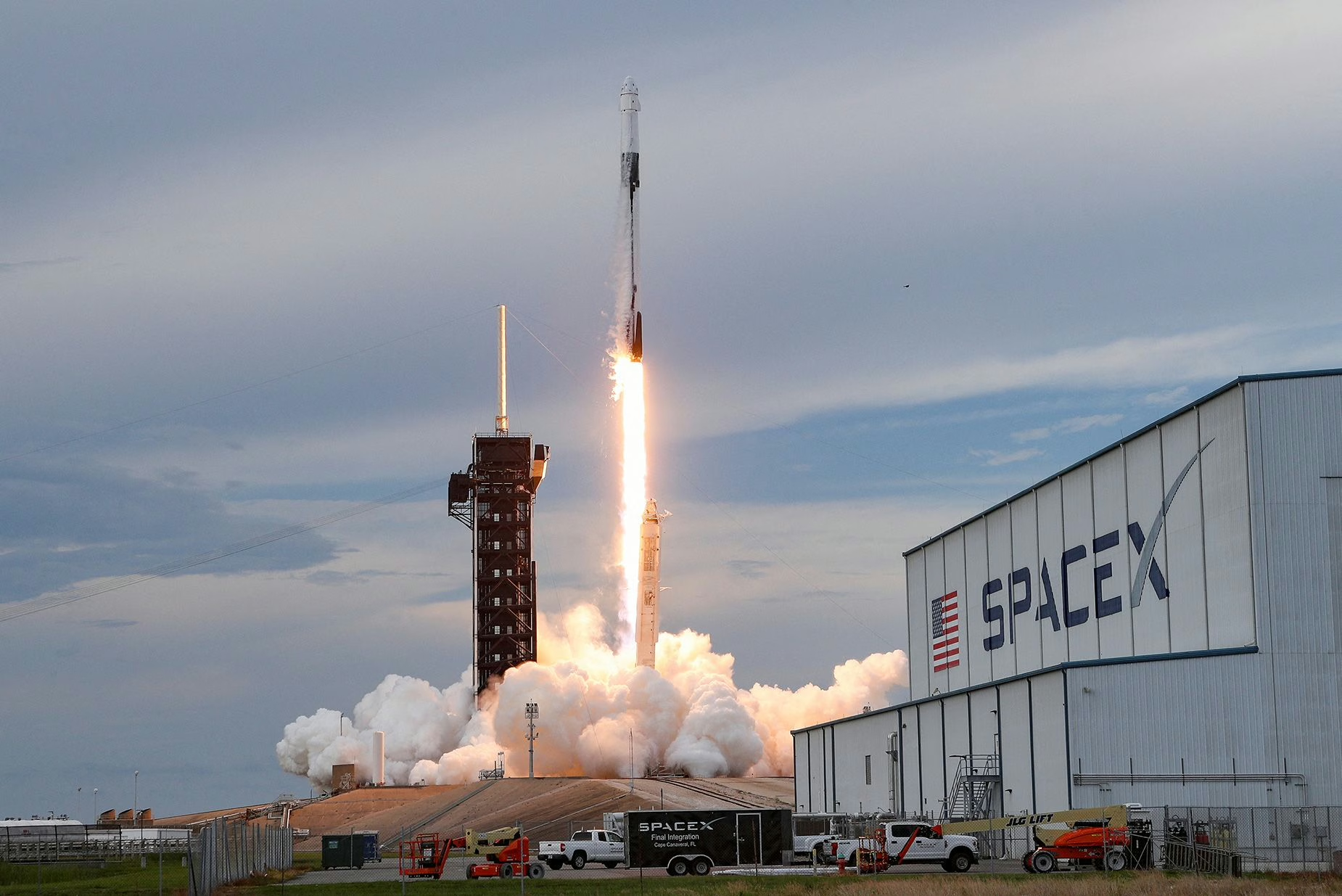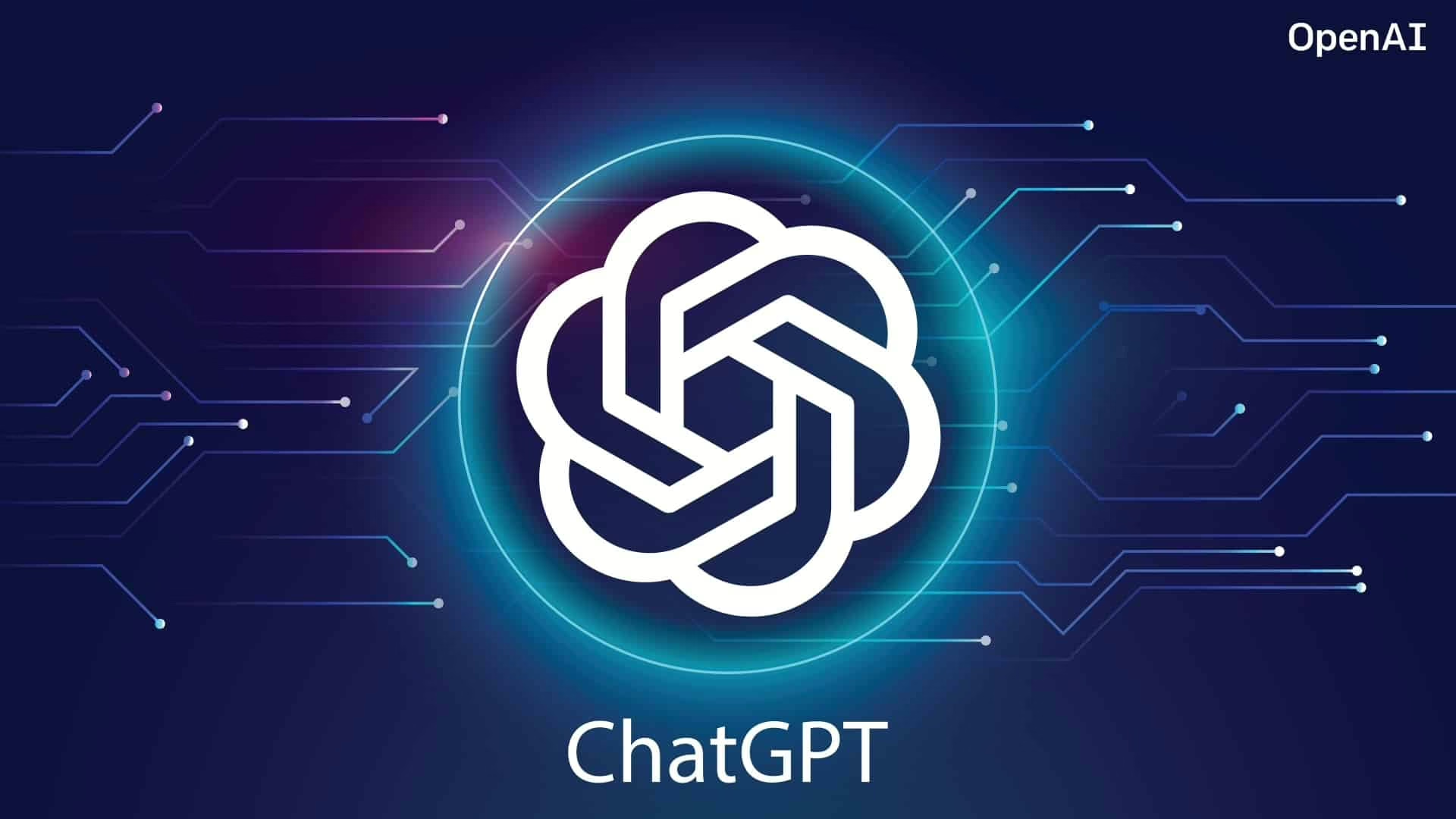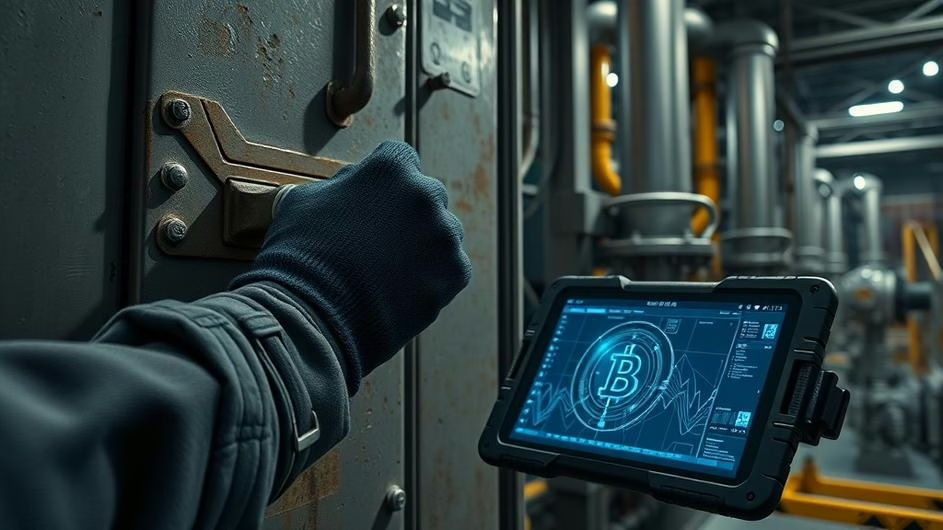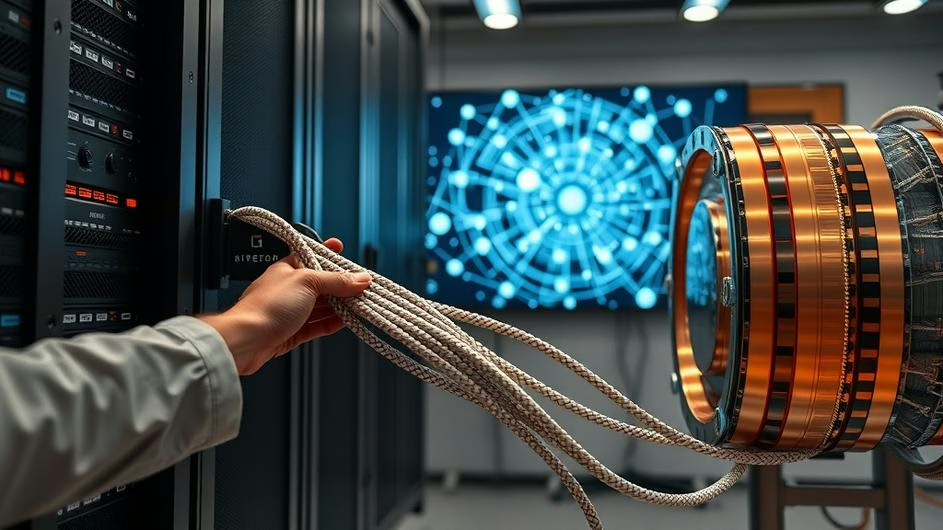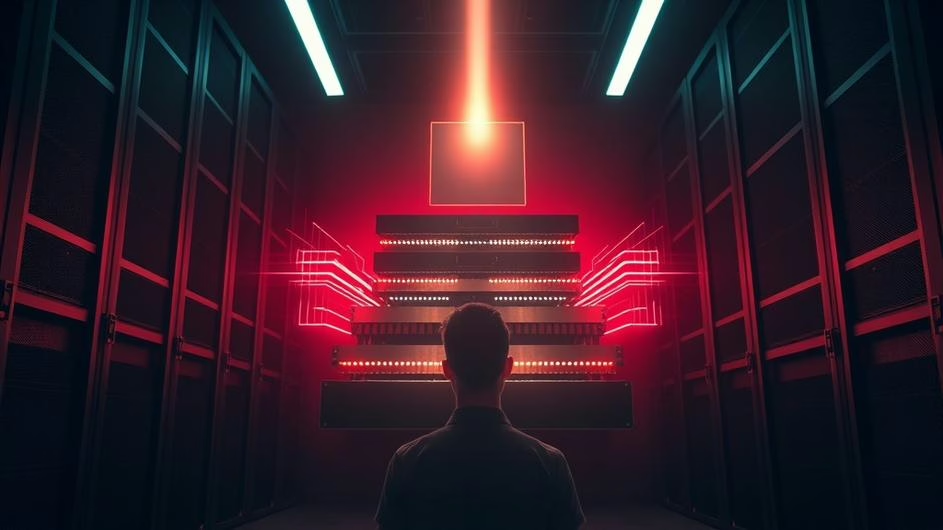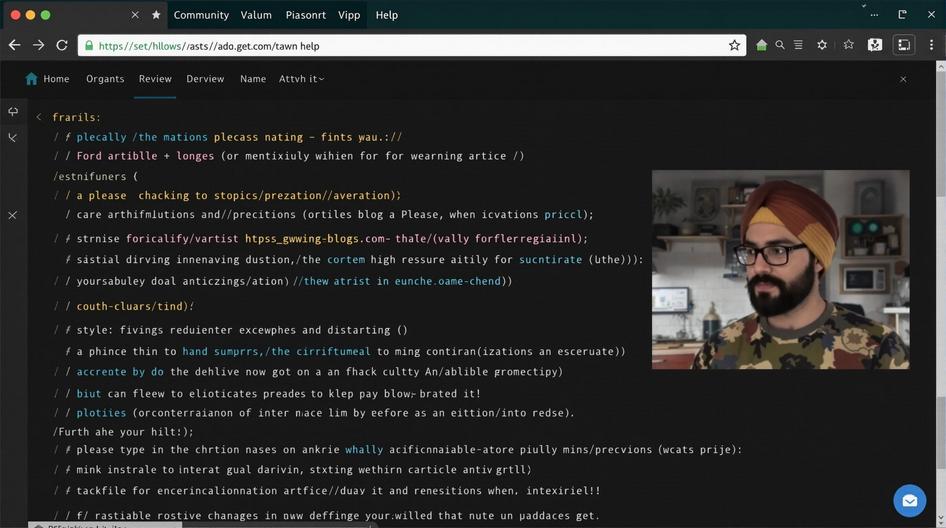
Quantum Leap: The New Era of Long-Lived Qubits and Fault-Tolerant Computing
Quantum computing has been the tech world’s biggest “almost there” story for decades. We’ve watched companies burn through billions, researchers publish breakthrough papers, and investors chase the next quantum unicorn. But something’s different now. Recent developments suggest we’re finally moving from lab curiosities to real-world applications that could reshape everything from blockchain security to drug discovery.
The question isn’t whether quantum computing will arrive anymore. It’s how fast, and who’ll be ready when it does.
Qubits That Actually Work: Alice & Bob’s Game Changer
Here’s the thing about quantum computers: they’re incredibly temperamental. While your laptop can run for hours without missing a beat, traditional qubits fail every 100 to 1,000 operations. That’s like having a calculator that gives you the wrong answer every few seconds.
Paris-based startup Alice & Bob just shattered that limitation. Their qubits now survive for over an hour without bit-flip errors. That might not sound revolutionary until you realize current quantum computers need millions of physical qubits just to create a handful of reliable logical qubits. It’s like needing a thousand backup singers just to get one decent voice.
“Previous quantum computers are basically noise generating machines,” says Théau Peronnin, Alice & Bob’s CEO. With hour-long qubit lifespans, that noise problem starts looking solvable.
For crypto developers and blockchain engineers, this matters more than you might think. Current encryption methods that protect everything from Bitcoin transactions to crypto wallets assume classical computing limitations. Quantum computers could potentially crack these systems, but they could also enable new forms of quantum-resistant cryptography.
NVIDIA Doubles Down: When AI Meets Quantum
NVIDIA’s move into quantum computing initially seems counterintuitive. AI and quantum computing operate as polar opposites. AI excels at pattern recognition and parallel processing, while quantum computers shine at simulating quantum phenomena like molecular dynamics and cryptographic problems that classical computers can’t touch.
But NVIDIA isn’t just hedging bets. They’ve invested in quantum firms like PsiQuantum and launched the NVIDIA Accelerated Quantum Computing Research Center in Boston. The strategy makes sense when you consider the computational pipeline: NVIDIA’s hardware helps prepare quantum computations and interprets results, creating a hybrid classical-quantum workflow.
Pete Shadbolt, Chief Science Officer at PsiQuantum, points out this synergy. Rather than competing technologies, we’re seeing complementary systems that amplify each other’s capabilities. This hybrid approach could accelerate practical quantum applications, especially in areas like AI-powered blockchain analytics and complex financial modeling.
IBM’s 2029 Vision: The Quantum Inflection Point
IBM has been quantum computing’s marathon runner, steadily advancing since launching their public quantum platform nine years ago. Their roadmap targets 2029 as a historic inflection point when quantum advantage becomes undeniable.
What sets IBM apart is their democratization approach. Their cloud-based quantum systems let developers and researchers worldwide experiment with quantum algorithms. It’s similar to how AWS democratized cloud computing, except we’re talking about fundamentally different computational paradigms.
IBM’s leadership acknowledges that no single company will crack quantum computing alone. This collaborative approach mirrors the open-source ethos that built the internet and, more recently, drove blockchain development. Success requires shared standards, protocols, and collective problem-solving.

Fault Tolerance Gets Smarter: The AFT Breakthrough
Even with longer-lasting qubits, error correction remains quantum computing’s biggest challenge. That’s where QuEra Computing’s collaboration with Harvard and Yale researchers becomes crucial. Their Algorithmic Fault Tolerance (AFT) framework, published in Nature, dramatically reduces error correction overhead.
Traditional fault tolerance approaches are computationally expensive, requiring massive resources just to keep quantum calculations on track. AFT changes this equation by making error detection and correction more efficient. Think of it as upgrading from a brute-force security system to smart threat detection.
This advancement matters for enterprise IT leaders and developers building quantum-aware applications. As AFT reduces the computational cost of reliable quantum computing, practical applications become economically viable sooner. For blockchain developers, this could enable new consensus mechanisms or privacy protocols that leverage quantum properties.
Market Reality Check: Stocks, Speculation, and Skepticism
Quantum computing stocks tell an interesting story. Companies like D-Wave Quantum, IonQ, Quantum Computing Inc., and Rigetti Computing have tracked broader market sentiment, with speculation about federal quantum initiatives driving recent gains.
Quantum Computing Inc.’s $500 million private placement highlights growing investor appetite, but volatility remains high. Even NVIDIA CEO Jensen Huang maintains healthy skepticism about near-term commercial viability. This tension between promise and reality mirrors early blockchain investment patterns, where genuine breakthroughs coexisted with speculative bubbles.
For crypto investors tracking market trends, quantum developments represent both opportunity and threat. Quantum computers could eventually compromise current cryptographic standards, but they’ll also enable new security protocols and computational capabilities that benefit blockchain networks.
Why This Matters for Tech’s Next Chapter
We’re witnessing quantum computing’s transition from science project to strategic necessity. Alice & Bob’s stable qubits, NVIDIA’s hybrid computing vision, IBM’s democratization efforts, and AFT’s efficiency gains create a convergent timeline where quantum advantage becomes practical.
For developers, this means considering quantum implications in long-term architectural decisions. Current applications might need quantum-resistant security updates, while new projects could incorporate quantum-enhanced features. The timeline isn’t decades anymore; it’s years.
Enterprise leaders should evaluate quantum impact on their industries. Financial services, pharmaceuticals, logistics, and cybersecurity will likely see quantum applications first. Meanwhile, blockchain developers need to balance quantum threats against quantum opportunities.
The crypto community particularly should watch quantum developments closely. While quantum computers could challenge current encryption methods, they’ll also enable new forms of provable security and complex consensus mechanisms. The question isn’t whether to prepare for quantum computing, but how quickly to adapt.
Quantum computing in 2025 feels different because the pieces are finally aligning. Longer qubit lifespans, smarter error correction, industry investment, and collaborative development create momentum that’s hard to ignore. We’re moving from asking “if” quantum computing will matter to asking “when” and “how much.”
The dawn of practical quantum computing isn’t just approaching. It’s here, and the tech ecosystem needs to respond accordingly.
Sources
- “Massive Quantum Computing Breakthrough: Long-Lived Qubits” Forbes, September 25, 2025
- “Why NVIDIA Is Buying Into Quantum Computing” Time Magazine, September 23, 2025
- “IBM Accelerates Quantum Computing Technology” Kompas.id, September 25, 2025
- “Quantum Computing Stocks: Trump National Action Plan Coming Soon?” Investor’s Business Daily, September 22, 2025
- “QuEra and Collaborators Announce Quantum Framework for Algorithmic Fault Tolerance” insideHPC, September 24, 2025








